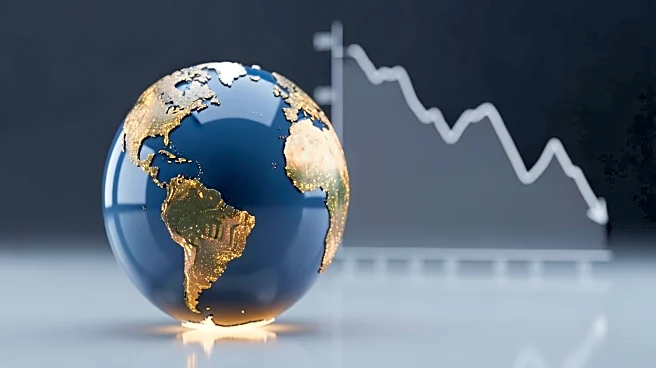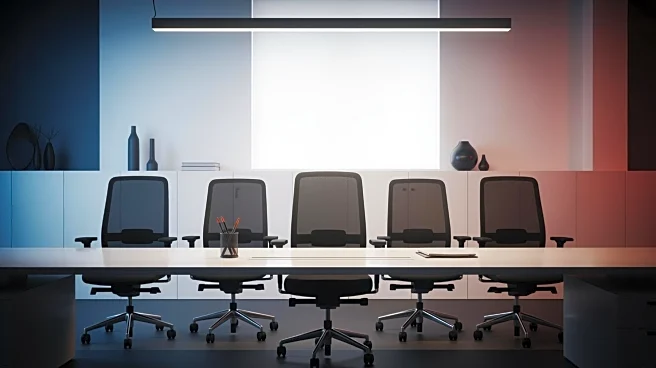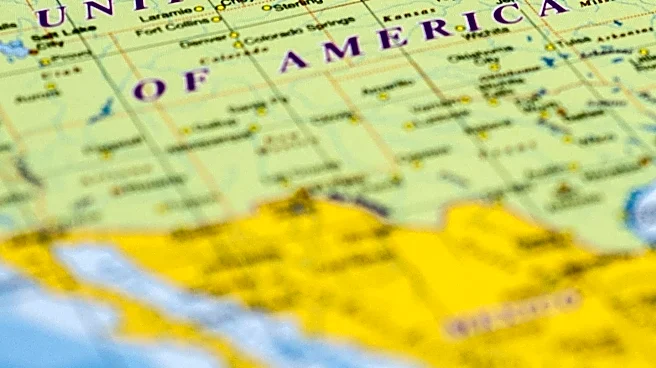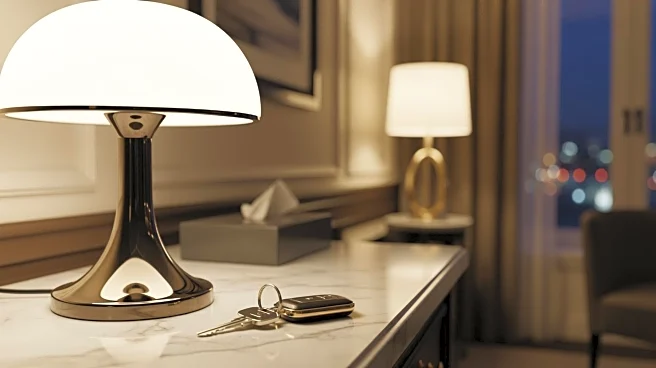What's Happening?
The art market is experiencing a significant shift due to geopolitical tensions and changing collector preferences. Sanctions on Iran have restricted the export of Iranian art to major markets like the U.S.
and UAE, leading to a decline in the sale of Persian art. This has resulted in a reduced market for Persianate paintings and artifacts, with many pieces failing to sell at recent auctions. In contrast, there is a growing interest in Indian art, particularly Mughal pieces, which have seen a rise in prices. This shift is partly driven by the influx of South Asian capital into the international art market. Additionally, Saudi patronage is increasing, focusing on works with religious significance.
Why It's Important?
The shift in the art market has broader implications for cultural and economic exchanges. The decline in Persian art sales could impact Iranian cultural heritage's visibility and preservation. Conversely, the rise in Indian art sales highlights the growing influence of South Asian collectors and capital in the global art market. This trend may lead to increased cultural exchange and collaboration between South Asia and the West. Furthermore, the focus on contemporary Islamic art, supported by Saudi patronage, could redefine the perception and categorization of Islamic art, moving beyond antiquities to include modern interpretations.
What's Next?
As the market continues to evolve, auction houses and galleries may increasingly focus on Indian and contemporary Islamic art to attract buyers. The ongoing geopolitical situation will likely continue to influence the availability and desirability of Persian art. Additionally, the growing interest in contemporary Islamic art could lead to new exhibitions and collaborations, further integrating modern Islamic art into the global art scene. Stakeholders in the art market will need to adapt to these changes to remain competitive and relevant.
Beyond the Headlines
The shift in the art market also raises questions about cultural preservation and the role of art in diplomacy. As certain art forms become less accessible due to geopolitical tensions, there is a risk of losing cultural heritage. However, the increased interest in contemporary Islamic art could foster a new appreciation for the region's cultural contributions, potentially serving as a bridge for cultural understanding and dialogue.













